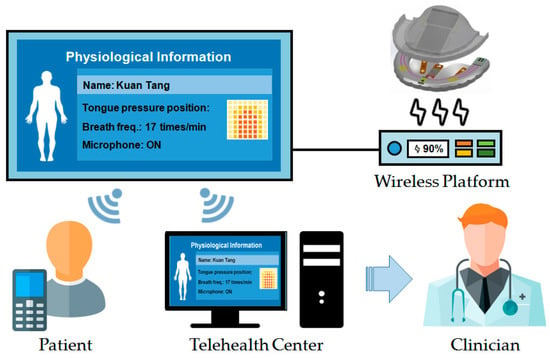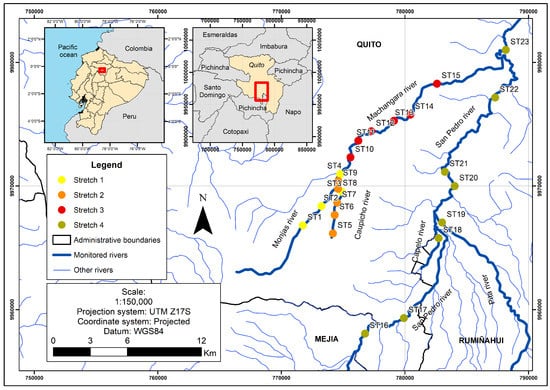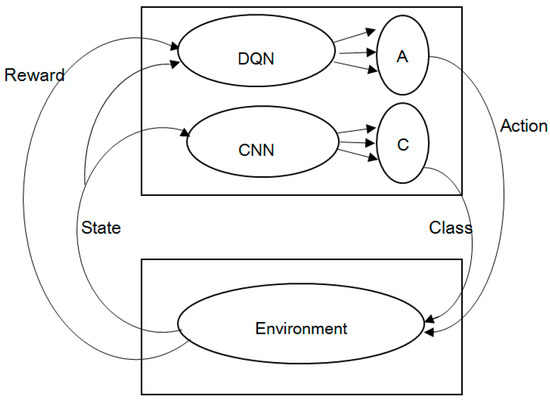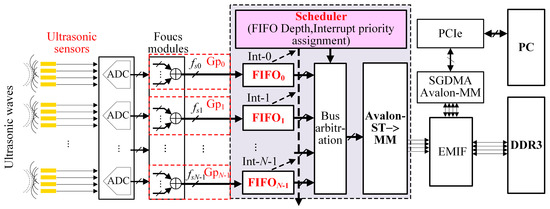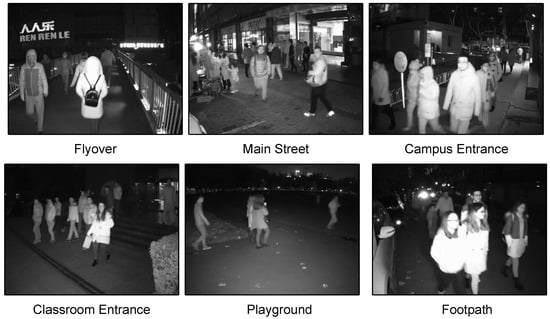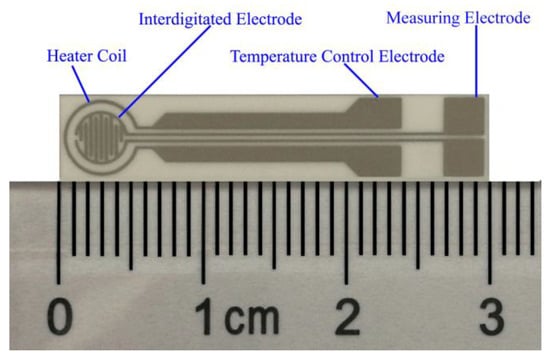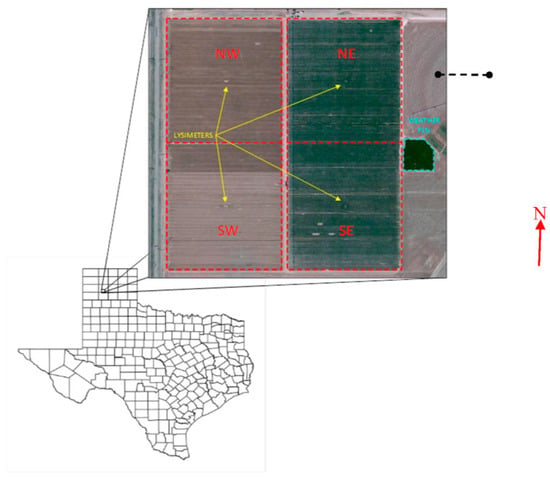Bio-Optical Imaging Group, Singapore Bioimaging Consortium, Helios #01-02, 11 Biopolis Way, Singapore 138667, Singapore
Sensors 2017, 17(10), 2363; https://doi.org/10.3390/s17102363 - 16 Oct 2017
Cited by 41 | Viewed by 6606
Abstract
In this paper, we present a phase-intensity surface plasmon resonance (SPR) biosensor and demonstrate its use for avian influenza A (H5N1) antibody biomarker detection. The sensor probes the intensity variation produced by the steep phase response at surface plasmon excitation. The prism sensor
[...] Read more.
In this paper, we present a phase-intensity surface plasmon resonance (SPR) biosensor and demonstrate its use for avian influenza A (H5N1) antibody biomarker detection. The sensor probes the intensity variation produced by the steep phase response at surface plasmon excitation. The prism sensor head is fixed between a pair of polarizers with a perpendicular orientation angle and a forbidden transmission path. At SPR, a steep phase change is introduced between the p- and s-polarized light, and this rotates the polarization ellipse of the transmission beam. This allows the light at resonance to be transmitted and a corresponding intensity change to be detected. Neither time-consuming interference fringe analysis nor a phase extraction process is required. In refractive index sensing experiments, the sensor resolution was determined to be 6.3 × 10−6 refractive index values (RIU). The sensor has been further applied for H5N1 antibody biomarker detection, and the sensor resolution was determined to be 193.3 ng mL−1, compared to 1 μg mL−1 and 0.5 μg mL−1, as reported in literature for influenza antibody detection using commercial Biacore systems. It represents a 517.3% and 258.7% improvement in detection limit, respectively. With the unique features of label-free, real-time, and sensitive detection, the phase-intensity SPR biosensor has promising potential applications in influenza detection.
Full article
(This article belongs to the Special Issue Surface Plasmon Resonance Sensing)
▼
Show Figures






